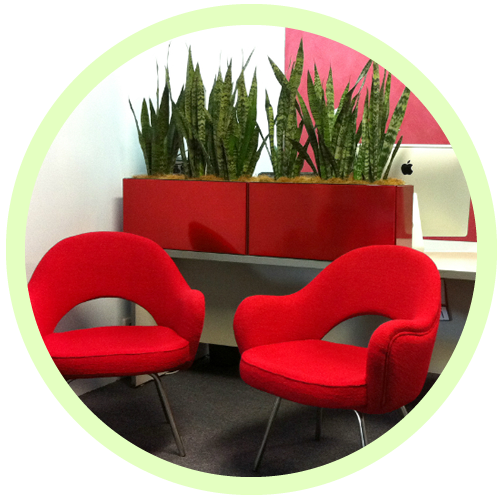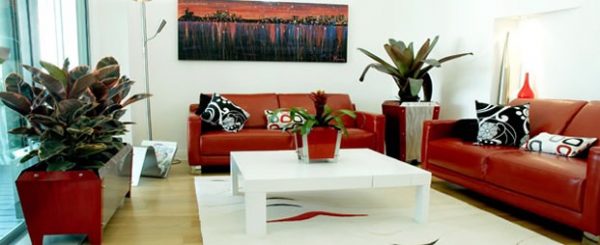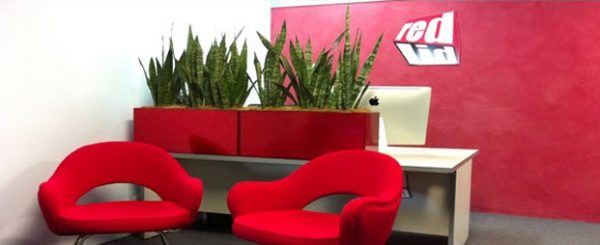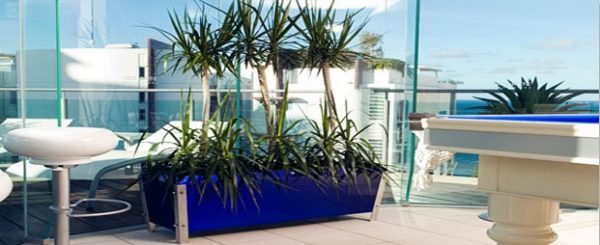Plants in your Workplace
Improves your Bottom-Line
Research shows that indoor plants
- Improves productivity and performance
- Reduce indoor air pollution
- Reduce sick-leave
- Lower stress and negative feelings
- Improve business image with potential clients
- Contribute to fulfilling at least 75% of Indoor Environmental Quality (IEQ) Criteria
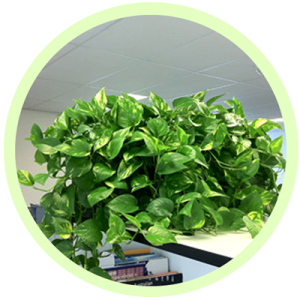
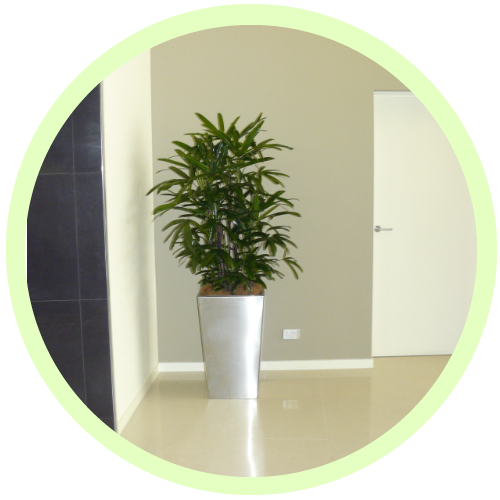
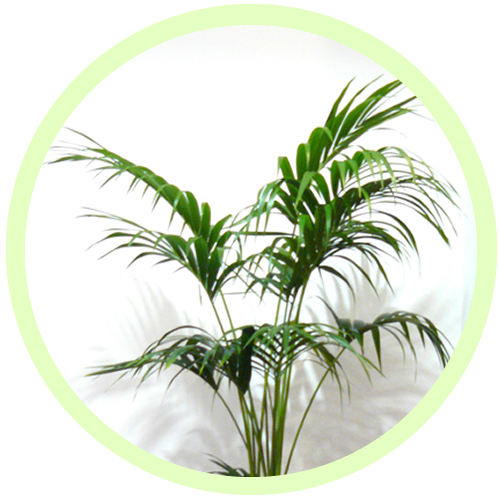
Indoor plants reduce all types of urban air pollution
And, indoor air is almost always more polluted than outdoors. In particular, indoor air generally has more:
- Volatile organic compounds (VOCs)
Emitting from plastics/synthetics, in furniture, fittings, computers, printers and more, cause loss of concentration, headaches, eye, nose and throat problems. - CO2 (us breathing)
Causes drowsiness,‘heavy-head’, lowered concentration
Overseas findings1-4 indoor plants can reduce:
- Nitrogen and sulfur oxides
- Air toxics (ie, volatile organic compounds, VOCs) eg BTEX (Benzene, Toluene, Ethylbenzene, Xylene); & PAHs
- Particulates (eg PM10/2.5)
- Ozone
Our UTS findings5-9 indoor plants can reduce:
- VOCs By over 80% to below 100 ppb (Aust. Office Max. 500 ppb)
- If VOC loads go up, so do removal rates
- All plant species equally effective (the process depends on symbiosis with normal potting-mix bacteria)
- Works day and night (24/7)
- And 20 cm pots are as effective as 30 cm pots (ie abundant capacity for VOC removal)
- CO2
- By 10-25%
- Exchanged for equal amount of O2 two-way refreshment!
- The more foliage the better
- Optimise CO2 reduction by placing plants according to their recommended shade tolerances
- CO (carbon monoxide)
- By up to 90%
Plants in your Workplace directly increase productivity and performance
International research shows indoor plants provide multiple benefits to building occupants:
Reduced illness symptoms10-14:
- Sick leave in office staff
- Sick-leave in school children
- Coughing, wheezing
- Sore eyes, nose, throat
- Pain perception
- Lower blood pressure
- Reduce ‘attention fatigue’
- Intentions to quit (save on training new staff)
Improved performance scores on15-17:
- Sorting tasks
- Creative thinking tests
- Examinations
- Computer task productivity 12%
- Attentiveness – 27%
And a productivity improvement of less than just 1% more than repays the cost of the indoor plants.
Indoor plants improve business image with potential clients/customers
Surveys show19,20 – Plants in the foyer and office spaces give the perception that the company is:
- Trustworthy
- Warm and welcoming
- Stable and balanced
- Well-run
- Patient and caring
- Concerned for staff welfare
- Comfortable to work with
- Prepared to spend money on added beauty
- Not mean
- Providing a healthier, cleaner atmosphere
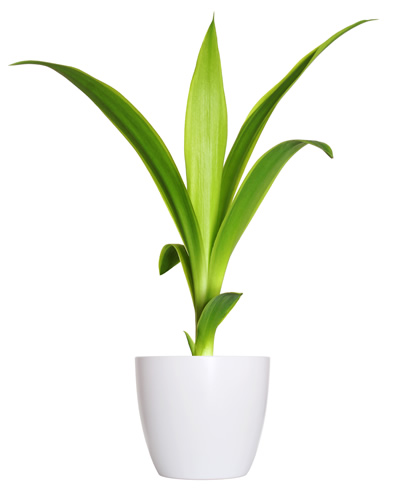
Cleaner air is healthier air, and leads to clearer thinking!
Plants also improve staff job satisfaction
Surveys show12,21
- Improved scores on full range of job satisfaction criteria
- Plants on or near desk preferred to leafy window views, Why?
- They give more immediate, living, green aesthetics ‘biophilia’!
And contribute to at least 75% of indoor environmental quality (ieq) criteria

*Criteria list – NSW Government – Workplace Guidelines, 2010.
+Overseas studies; ++ O/S & UTS studies
Greening the great indoors for productivity and performance
- Think desk-tops; file-top ‘hedges’; green zones; nooks; spaces; walls, or vertical gardens.
- There’s a ‘living green’ contributor to productivity & workplace sustainability in every building situation.


